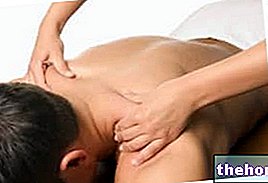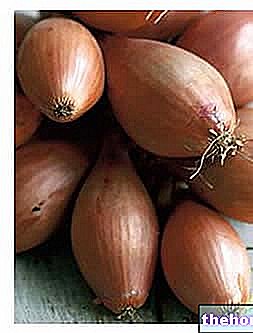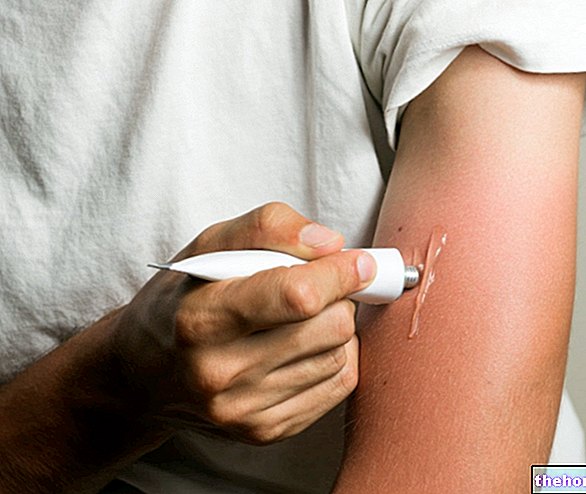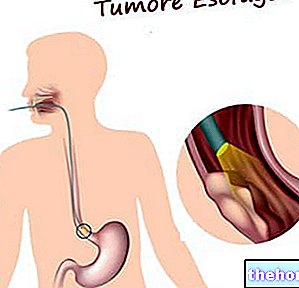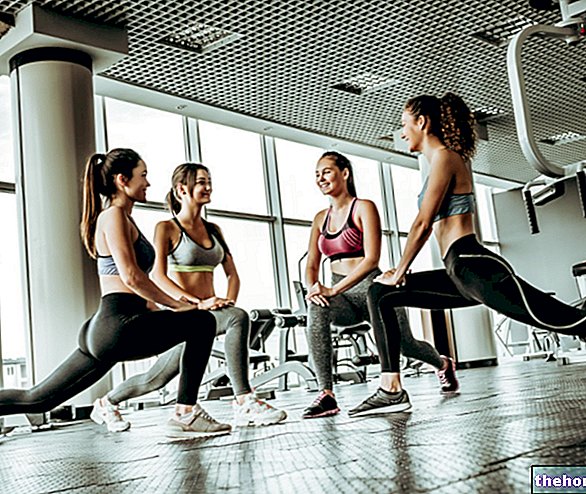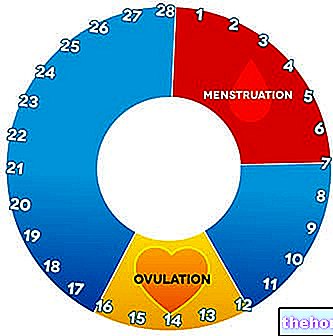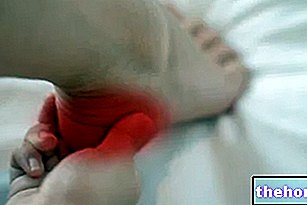Here are several examples of stripping And twist & roll for the detachment and highlighting of some muscles of the lower limbs.

Stripping of the Peronieri and Tibialis muscles for a first break up adhesions with the subcutaneous superficial fascia; the athlete maintains the limb in slight abduction by pushing the knee outwards against the operator's hand.

A different position for the stripping of the Peronieri and Tibialis muscles. The athlete applies a slight isometric contraction by pushing on the operator's shoulder. As can be seen in this case and for others later, the hand seems to go against the venous blood flow, but in fact the contact surface of the tool of the operator is limited to the muscular or fascial portion, without significantly affecting or inhibiting circulation. This direction of manuality is required in the case of strong myofascial retractions such as to inhibit the correlated joint.
Utility explained by the reason that we are going to lengthen a hypertonic shortening against the direction of the myofascial narrowing, so that in addition to obtaining a release of the fibrous adhesions, it also stretches the muscle relieving the joint from excessive tension / traction, often the cause of postural imbalances.

Detachment work for the Peronieri and Tibialis anterior muscles from the tibia and from the Gastrocnemius-Soleus muscle. The technique must be performed either with the operator passively pressing on the forefoot so that the heel goes towards the buttock, or that the athlete maintains a slight isometric push against the operator as if to stretch the limb.

The use of the fingers in the detachment for the lateral twin muscle both from the medial twin and from the soleus and the latter from the tendons of the Peronieri. Perform the manual at different angles of the knee and with a slight dorsiflexion of the foot maintained by the athlete.

Phases of contemporary superficial detachment: the thumbs separate the two Gemini muscles, which through the fingers are detached from the Soleus. Note the athlete's leg excursion which can be both passive and active.

Detachment with the thumb of the Gemini muscles, always with the limb in motion. Perform or request also the dorsiflexion and plantarflexion of the foot.

Deep detachment of the Gemini muscles with the elbow. All these examples on the Gastrocnemius muscle serve to explain the choice of tool more suitable by the operator to adapt to the different type of structure and muscle mass which varies from athlete to athlete. Stroke with the forearm for the heating necessary to subsequently obtain a viscoelastic change and for the stretching of the fascial wrinkles responsible for shortening and stiffness - stiffness - for the Gastrocnemius-Sole muscle with subsequent dissection with the thumbs. Vary the knee opening angle.

Other articles on "Passivactive technique in myofascial detachment: lower limbs - 10th part -"
- Passivactive technique in myofascial detachment: lower limbs - 9th part -
- Passivactive technique in myofascial detachment: lower limbs - 1st part -
- Passivactive technique in myofascial detachment: lower limbs - 3rd part -
- Passivactive technique in myofascial detachment: lower limbs - 2nd part -
- Passivactive technique in myofascial detachment: lower limbs - 4th part -
- Passivactive technique in myofascial detachment: lower limbs - 5th part -
- Passivactive technique in myofascial detachment: lower limbs - 6th part -
- Passivactive technique in myofascial detachment: lower limbs - 7th part -
- Passivactive technique in myofascial detachment: lower limbs - 8th part -
- Passivactive technique in myofascial detachment: lower limbs - 11th part -
- Passivactive technique in myofascial detachment: lower limbs - 12th part -
- Passivactive technique in myofascial detachment: lower limbs - 13th part -
- Passivactive technique in myofascial detachment: lower limbs - 14th part -


.jpg)
